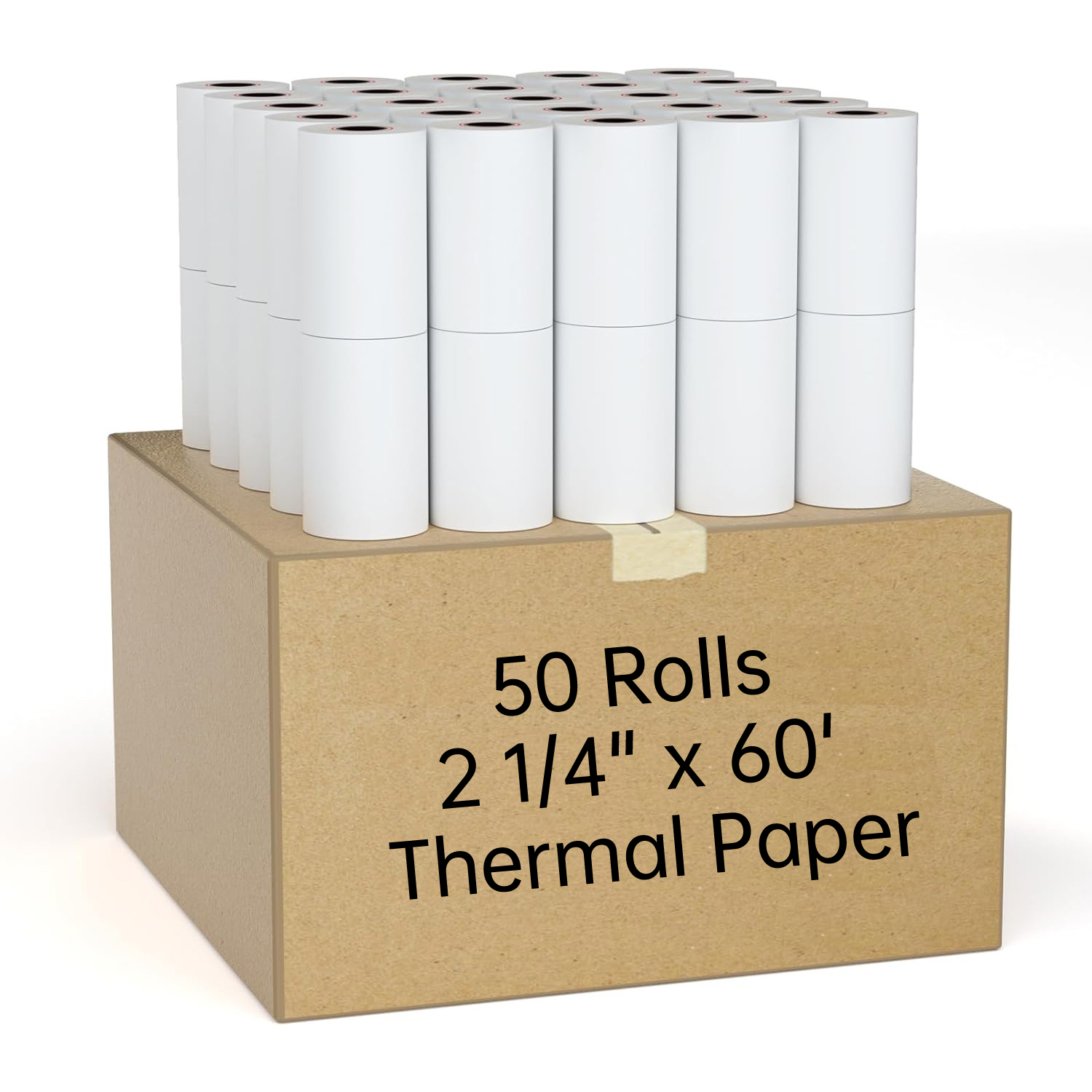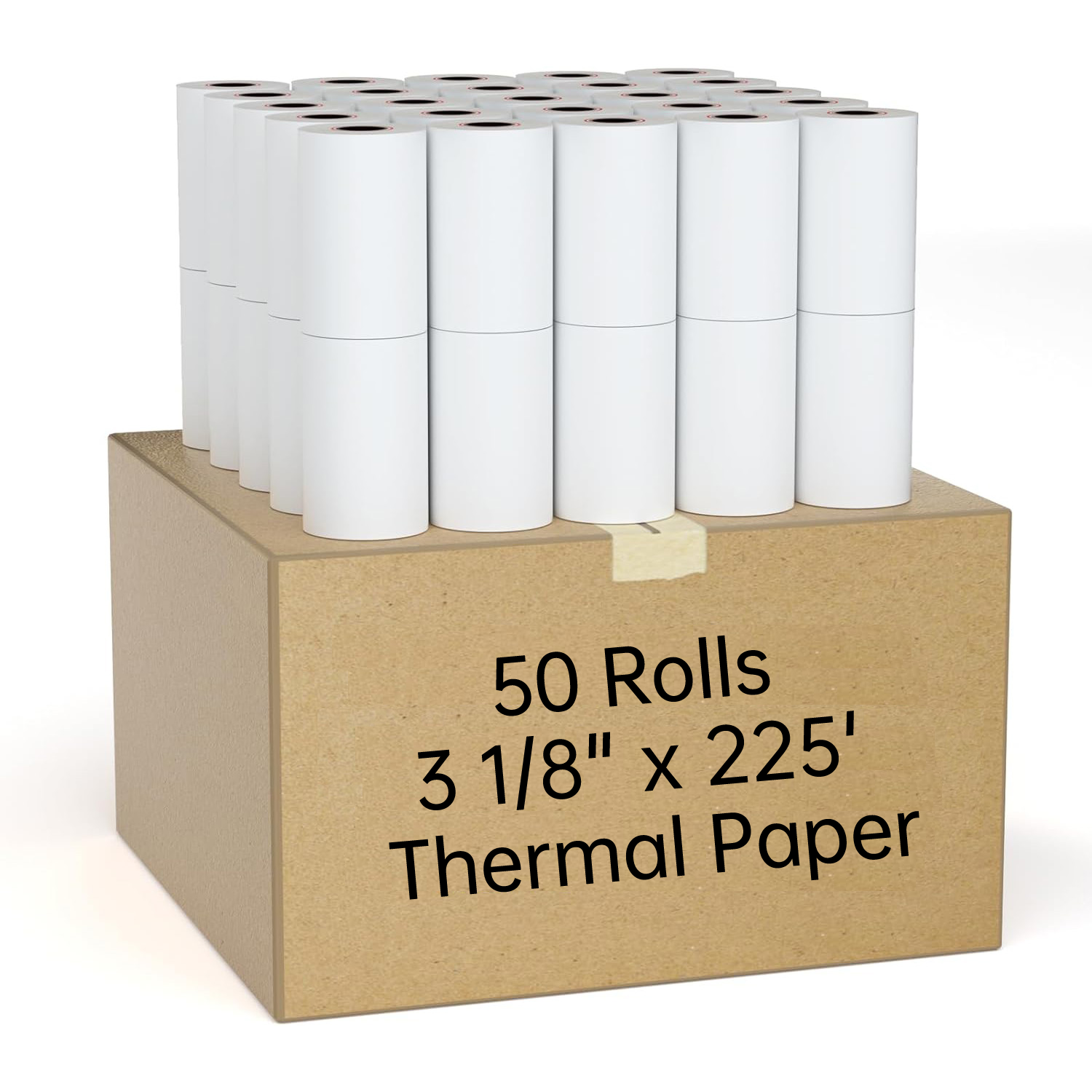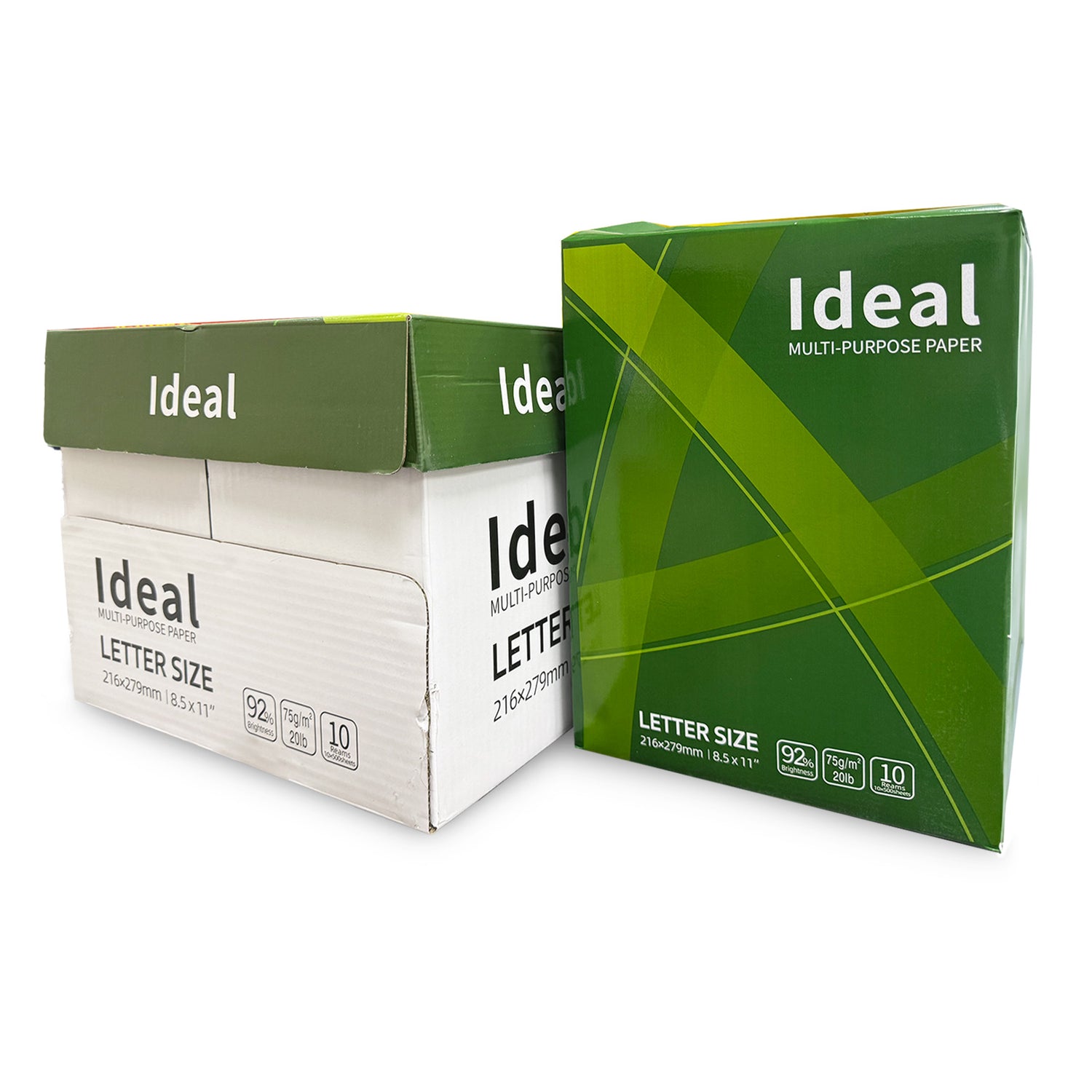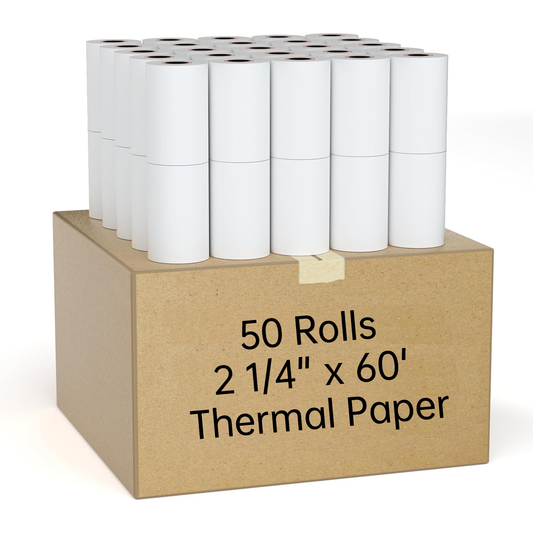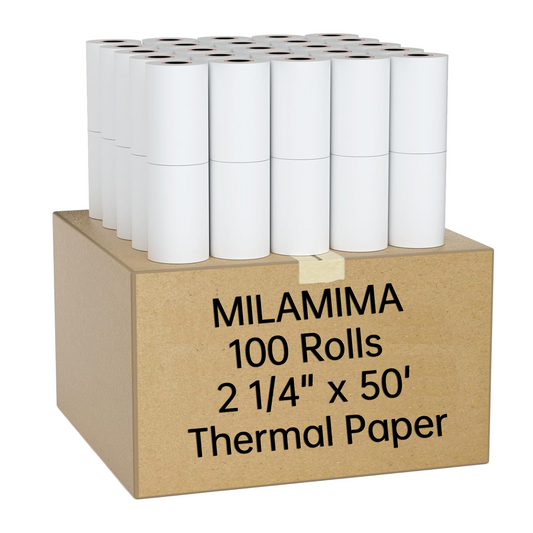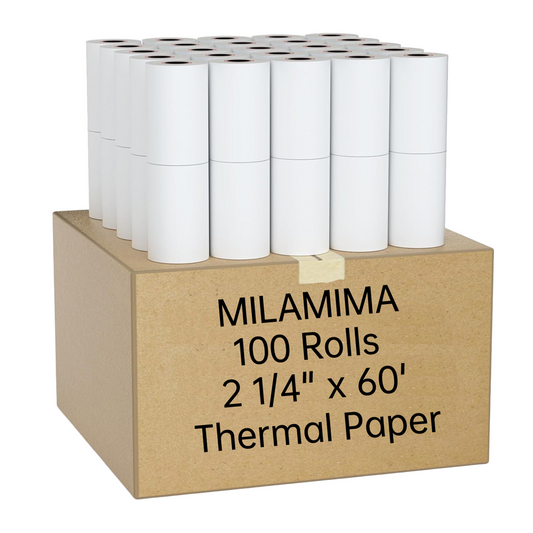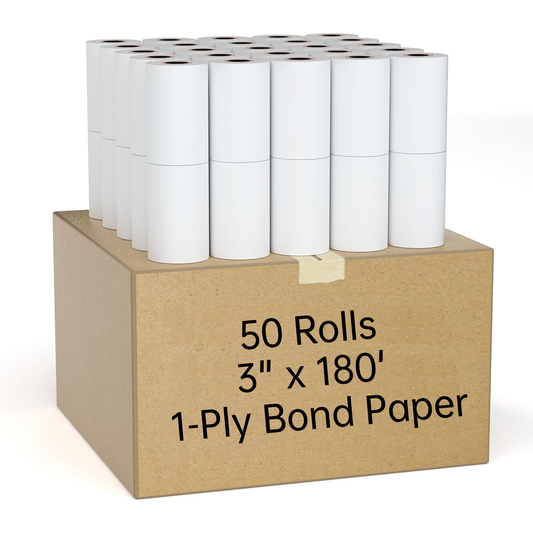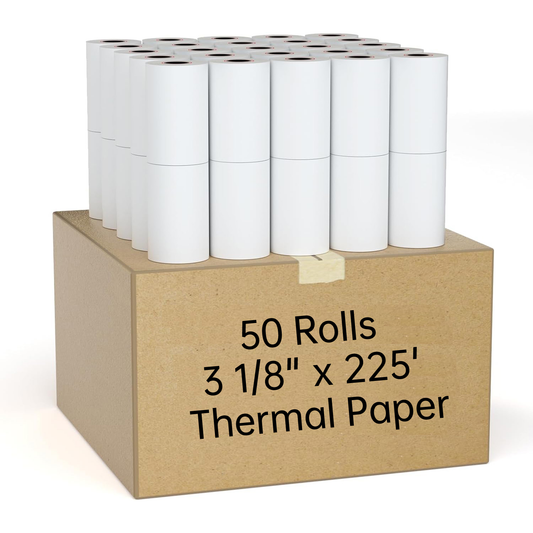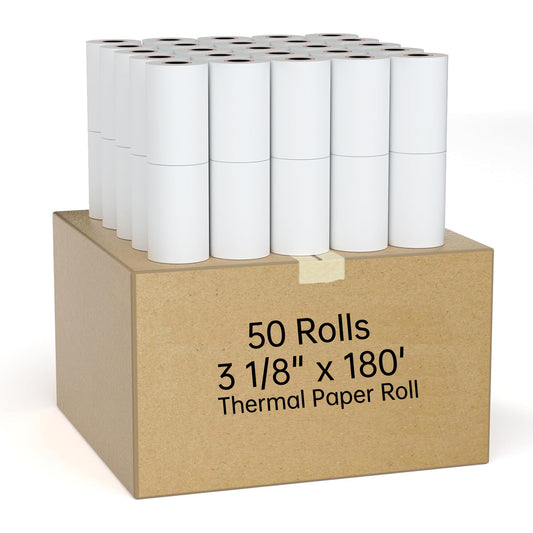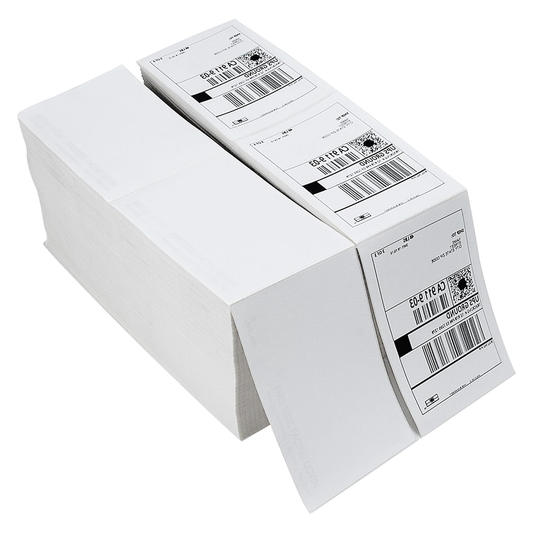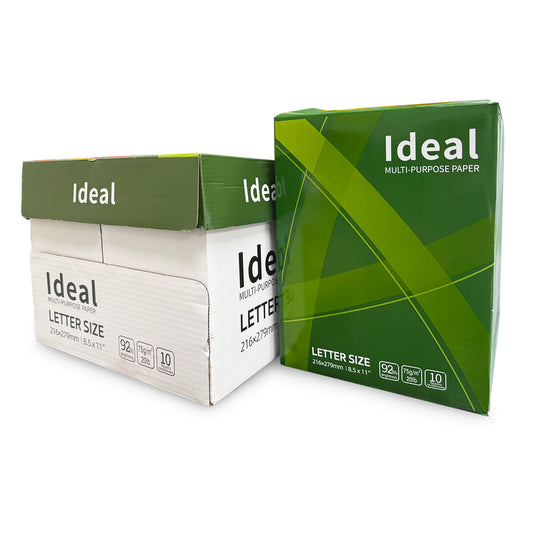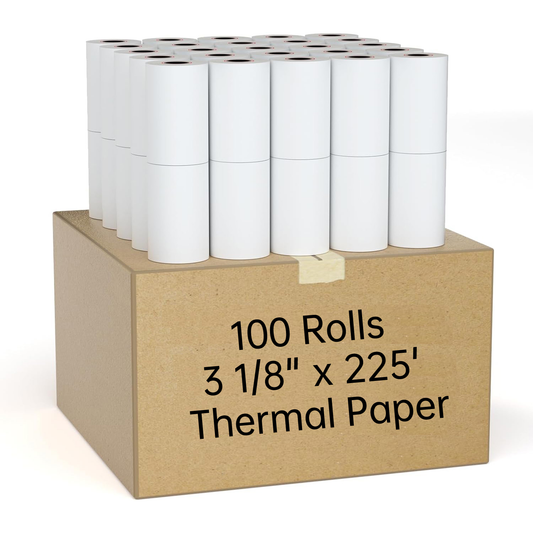Binoculars are indispensable tools for adventurers, bird watchers, sports enthusiasts, and even casual users who want to explore the world around them with enhanced clarity. With a plethora of options available in the market, selecting the right pair can be overwhelming. In this guide, we'll explore various specifications and features of binoculars to help you make an informed decision.
1. Magnification:
- Magnification is denoted by the first number in the binocular specifications (e.g., 8x42, 10x50).
- The first number indicates how many times closer the object will appear compared to the naked eye.
- Higher magnification (e.g., 10x, 12x) allows you to see distant objects more clearly but may result in a narrower field of view and shakier images without a stabilizing mechanism.
- Lower magnification (e.g., 7x, 8x) provides a wider field of view and steadier images, making them ideal for activities like birdwatching and sports events.
2. Objective Lens Diameter:
- The second number in the specifications represents the diameter of the objective lenses in millimeters (e.g., 10x42, 10x50).
- Larger objective lenses gather more light, resulting in brighter images, especially in low-light conditions.
- Binoculars with larger objective lenses (e.g., 50mm, 56mm, 80mm) are suitable for stargazing, wildlife observation in low light, and marine use.
- Smaller objective lenses (e.g., 25mm) make binoculars more compact and lightweight, ideal for traveling and daytime use.
3. Field of View:
- Field of view (FOV) is the width of the area visible through the binoculars at a specific distance.
- Binoculars with wider FOV allow you to observe a larger area at once, making it easier to track moving objects or scan landscapes.
- Higher magnification usually results in a narrower FOV, while lower magnification offers a wider FOV.
4. Exit Pupil:
- Exit pupil diameter is calculated by dividing the objective lens diameter by the magnification (e.g., 42mm / 10x = 4.2mm).
- The exit pupil determines how bright the image will appear, especially in low-light conditions.
- A larger exit pupil (e.g., 5mm or more) provides brighter images, suitable for low-light environments.
- For daytime use, an exit pupil of around 2-3mm is sufficient.
Conclusion:
Choosing the right pair of binoculars involves considering various factors such as magnification, objective lens diameter, field of view, and exit pupil. Whether you're observing wildlife, enjoying outdoor sports, or exploring the night sky, selecting binoculars that match your specific needs and preferences will enhance your viewing experience. Take your time to research and test different models to find the perfect pair that suits your adventures.



